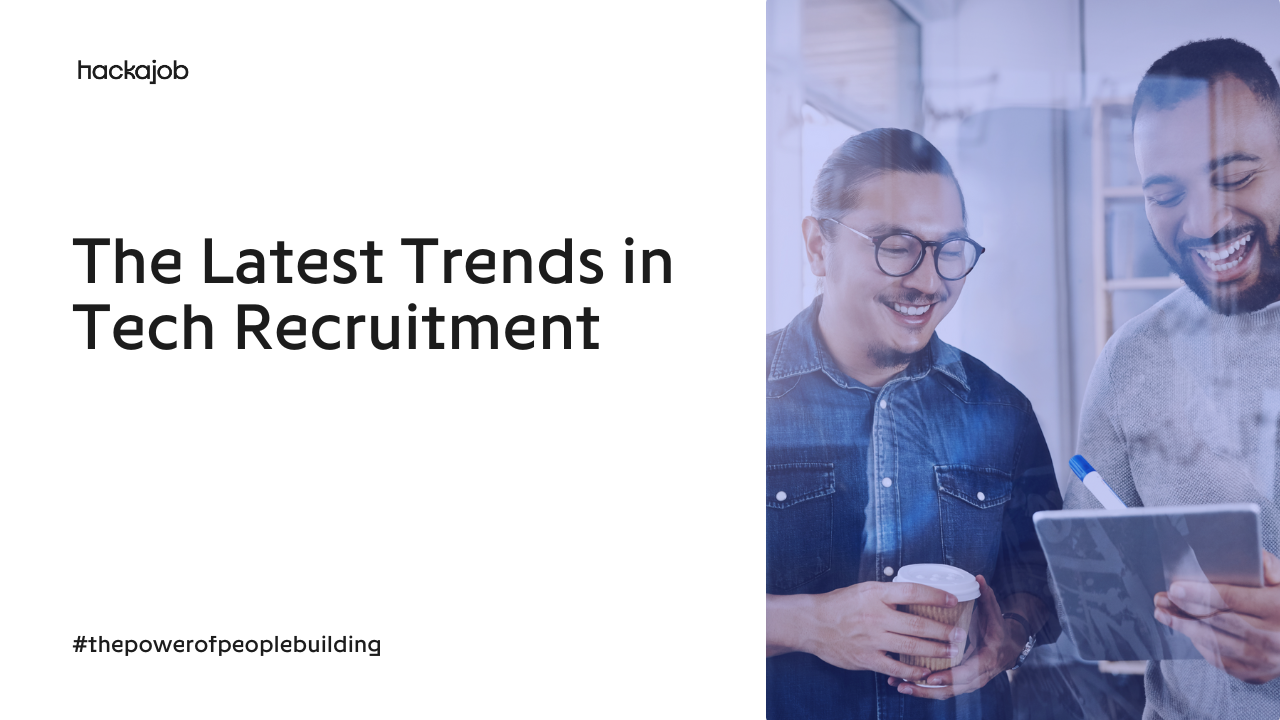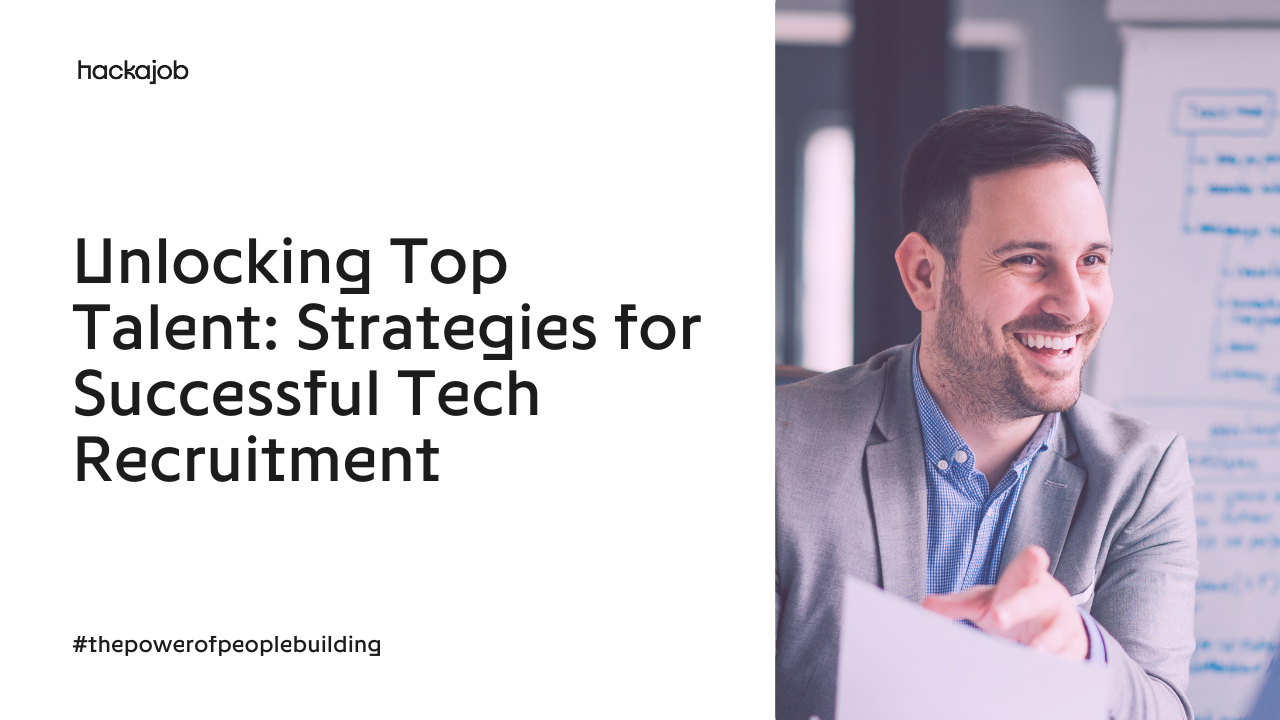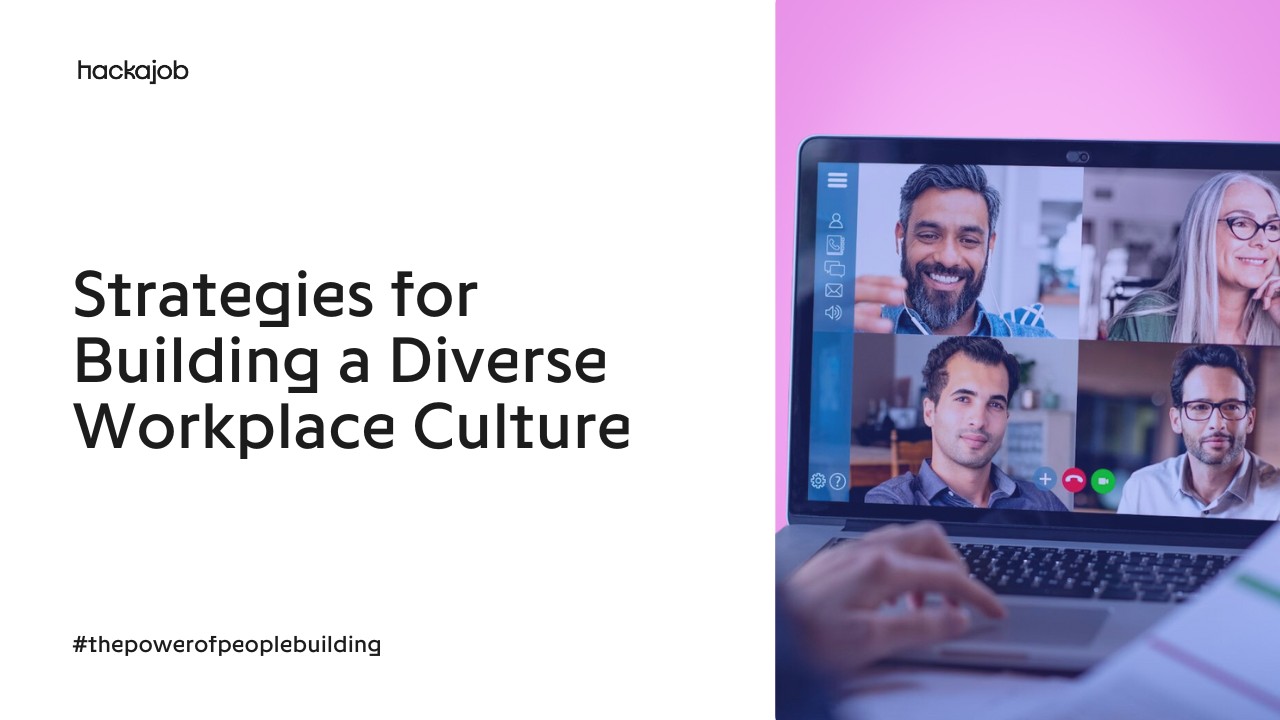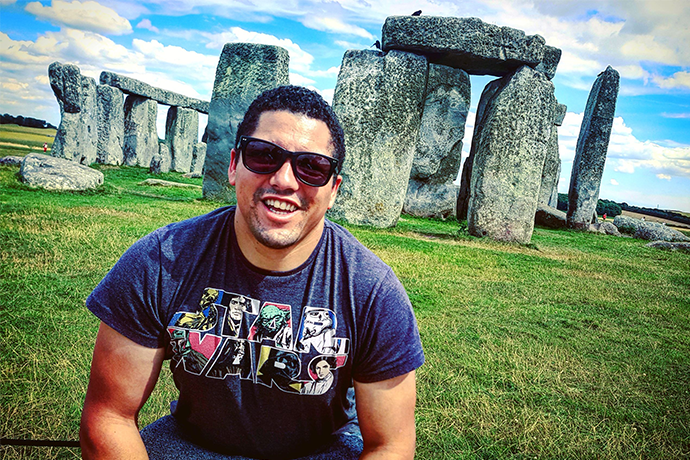At hackajob, we know how important a diverse workforce is and why it's integral to any business. In fact, when we conducted our research, we uncovered some key findings:
- People want to be unbiased, yet as humans, we are naturally pre-dispositioned to seek out familiarity
- Diverse organisations are 120% more likely to meet financial goals
- Unbiased businesses generate 1.4x more revenue
When it comes to diversity, there needs to be less talk and more action. Face it, a diverse team means better business, so you need to make diversity work for you.
We previously released a guide to creating a more diverse workforce, which included our diversity checklist. We’ve summarised this for you below, so that you can be sure that you’ve considered all bases before moving on to create or amend your D&I strategy:
Track your diversity levels
The first port of call, it’s crucial to ensure that procedures are in place so that you can track your diversity levels. Have your team monitor this as regularly as possible and don’t ignore the results. Positive change may take time, but it WILL be worth it.
Unconscious bias training
Unconscious bias training must be implemented as part of your overall company strategy. Companies including WISE are widely available across the UK and offer workshops and exercises that your teams can take part in and follow.
Staff turnover
Enabling you to track trends or any strange outliers, tracking your staff turnover will help you keep on top of your diversity levels, as well as work out when employees leave and why they chose to do so. Remember to compare your stats with competitors in your industry, as well as companies that are a similar size to yours.
The hiring pipeline
Your talent acquisition team should have a solid hiring pipeline in place, but it may be time to dig a little deeper. You’ll want a breakdown of diversity levels across each stage of the pipeline so that you can eliminate any anomalies and make sure that you’re always looking to hire from a diverse pool of candidates. Go through this process with your team and see how they are sourcing candidates, as this can be a solid way to help stamp out any additional bias (whether intentional or unintentional) also.
Skills, not CV’s
Are you reviewing candidates based on their CV alone? If so, stop. You’ll need to hire an unbiased hiring strategy immediately. One of the biggest problems with CV’s is that they do not demonstrate a candidates skill set. Instead, you’re able to see where they studied, their previous places of work, their name and perhaps even a photo - all of which can cause you to be unintentionally biased.
Why It Matters
Mental Health
With recent figures showing that 1 in every 6.8 people in the UK experience mental health problems in the workplace, women in full-time employment are twice as likely to have a common mental health problem compared with men; and BAME groups have an even higher risk of developing poor mental health. It’s crucial that employees feel engaged, included and motivated to do well within their working environment.
Quality hires
A recent McKinsey report states that top-rated companies (in the UK & US) for ethnic diversity and management are 35% more likely to have better financial returns, above the industry mean. It’s imperative that there are as many diverse minds as possible in your workforce, so ensure to encourage employees to have a say. Take time to hold daily stand-ups, utilise new digital/social tools and always be open to others. After all, this will help shape the future of your business.
An increase in productivity
According to a study analysing research and development teams in Spain, companies who employ more women are likely to introduce newer, more innovative products into the market. What’s more, further research suggests that diverse teams are smarter, more innovative and make better decisions than teams that consist of one peer group.
The subject of Unconscious Bias
When it comes to the subject of bias, we’d like to think that it’s been eradicated from the hiring process. And whilst we can argue that it’s true in one respect (we’re talking about intentional bias here), unconscious bias is still something that plagues the hiring process.
As humans, we’re naturally conditioned to seek familiarity and it’s something that can’t be helped. Essentially, it’s a kind of accidental bias, wherein we all prefer traits in others that we see in ourselves. As an example, if you’re a recruiter sorting through multiple CVs and you see someone who happened to go to the same school as you, or perhaps they did the same course; you may instantly end up resonating with them and you won’t be able to help it.
Fortunately, there is a way to remove unconscious bias from the hiring equation. Instead of looking at a candidates CV, you should proactively choose to look at their skillset instead. It’s simpler than you think, and involves looking at portfolios, or even setting prospects a skills-based challenge so that you can physically see if they have the skills needed to do the job. It’s a win win.
We’ve said it before and we’ll say it again, diversity should not be about ticking a checkbox. Hire the right people for the right roles based on their skillset, and your business will only improve for the better. If you’d like to find out more about how to improve diversity within your workplace, make sure to download The Blueprint to Building a Diverse Workforce.
Want to scale your tech hiring? Get in touch. We’d love to help.





